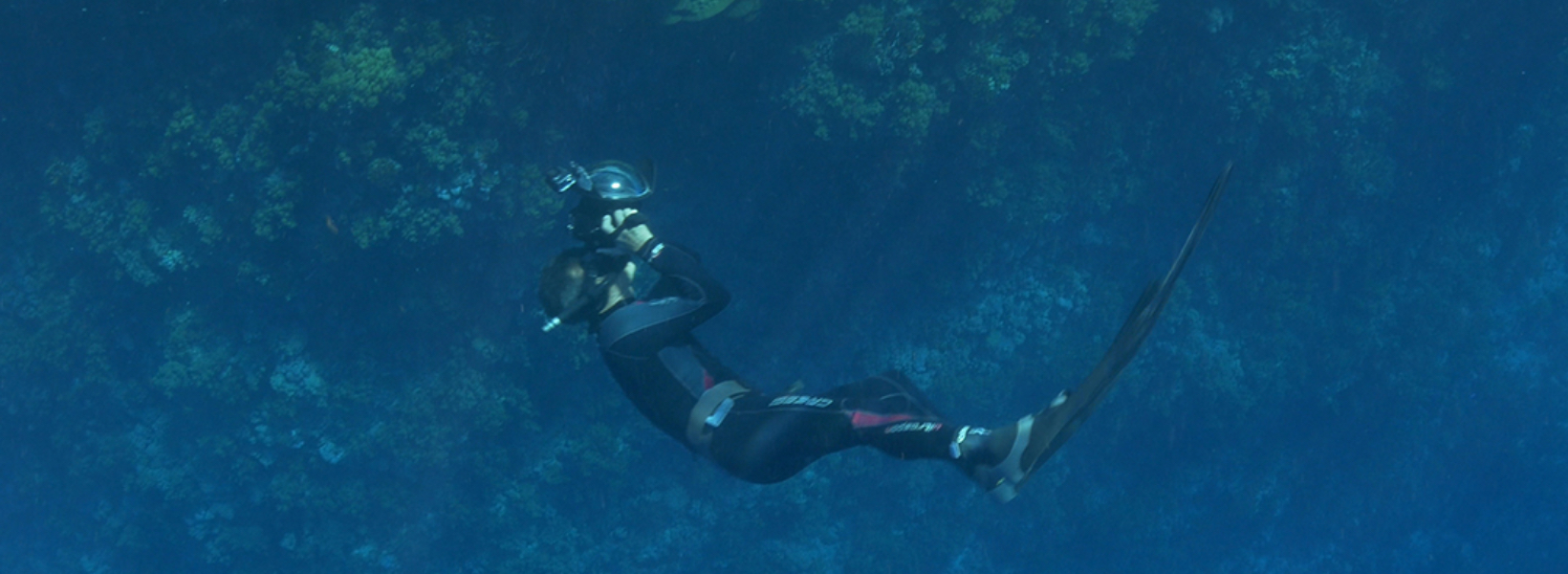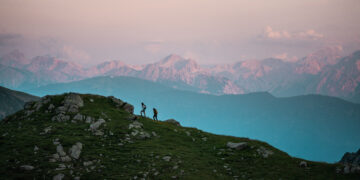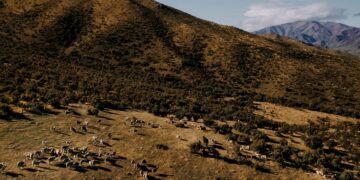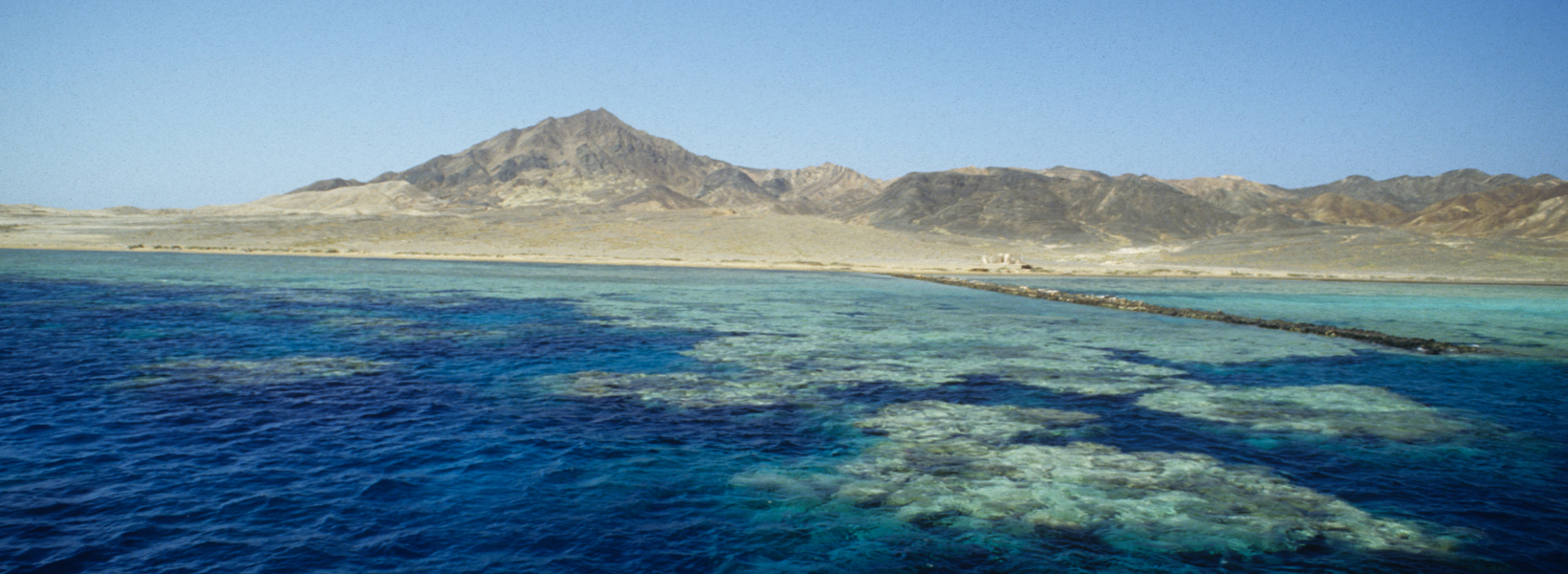The naturalist tells us of sailors who discovered an island in the Red Sea during Ptolemy’s time.
Shipwrecked, exhausted and hungry, they began to dig herbs and roots from the earth.
They extracted a green stone similar to an emerald and called it Zebjrged.
The island took this name and in return, offered its precious green stones.
From the time of the pharaohs until the last century, valuable olivine was extracted from the island’s mines and appreciated all over the world.
One day, Zebjrged island disappeared, swallowed up in memory. Political diatribes erased it from the maps and olivine lost its value. For a long time, only fearless fishermen approached, defying winds and bad weather, guarding the secret of the mysterious island’s position.
It’s July 1990, on a torrid afternoon common in these parts. An old fisherman in a smoky bar whispers of miraculous fish in the waters of an island far from the coast and beaten by strong winds.
Aboard two small boats, we set sail in search of Zabargad.
A precious sheet of paper bears the lines left by the old fisherman’s pencil. They indicate a route and an approximate position in the middle of the sea.
The island was waiting for us in all its beauty. Zabargad emerged from the glassy sea.
It would never again disappear into the mists of memory.
“Topazos is located in the Red Sea, three hundred furlongs from the continent. Although cloudy and beaten by strong winds, it has been long sought by sailors”, said Pliny the Elder in his Naturalis historia of 77 A.D.

Backstage
I was fortunate to see the island of Zabargad reborn by participating in the first research expedition. These privileges will remain my lifelong traveling companions. For many years, we were the only divers to breathe the magic of the island of green stones and discover its seabed. I went through it dozens of times to explore every hidden corner. The olivine mines, the emerald-coloured lagoon where the turtles lay their eggs, the ospreys’ nests, the submerged wrecks and the seabed were so rich they leave me breathless today. The old fisherman really existed and thanks to him, we found the island with green stones.
Massimo Bicciato, photographer and traveller.













